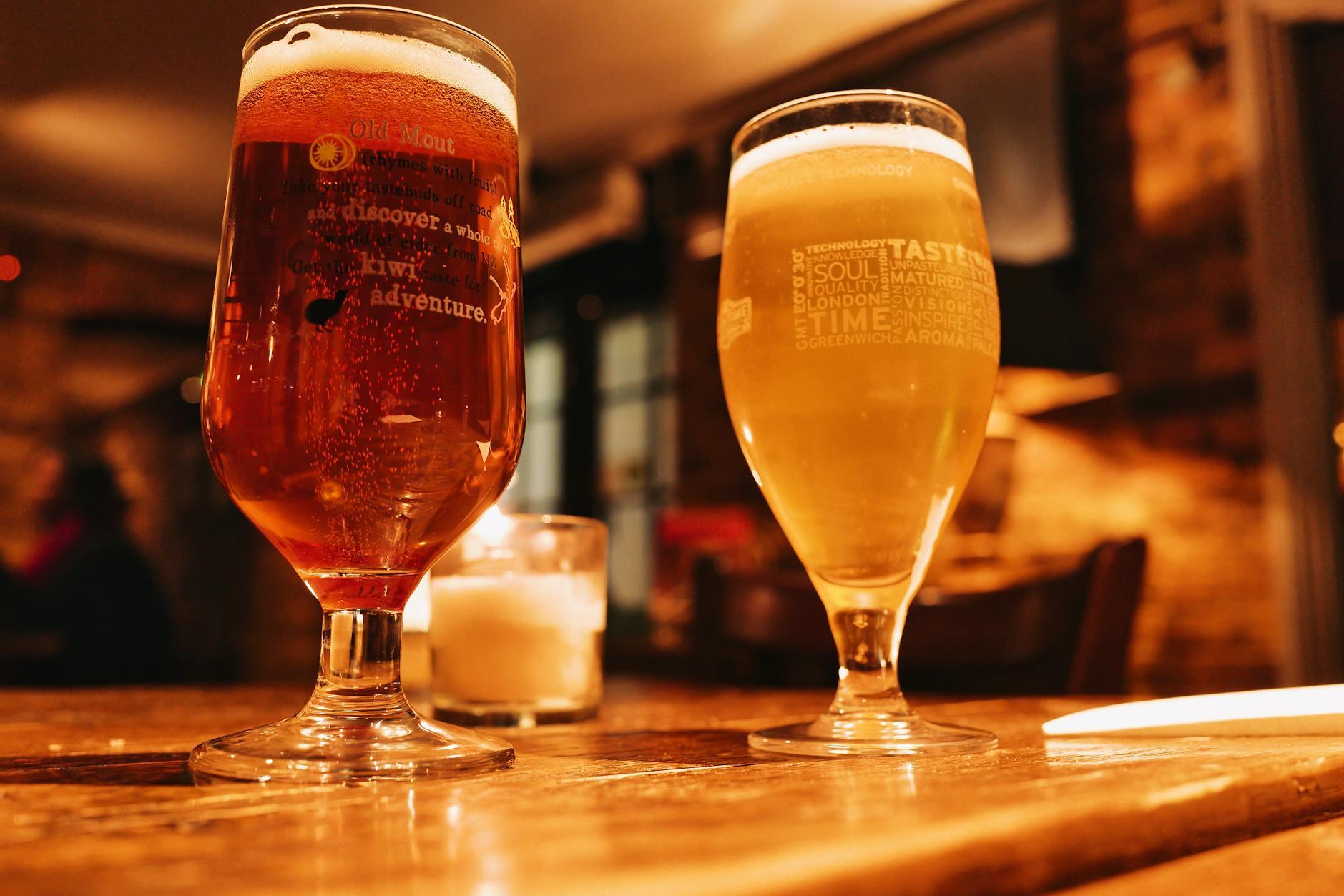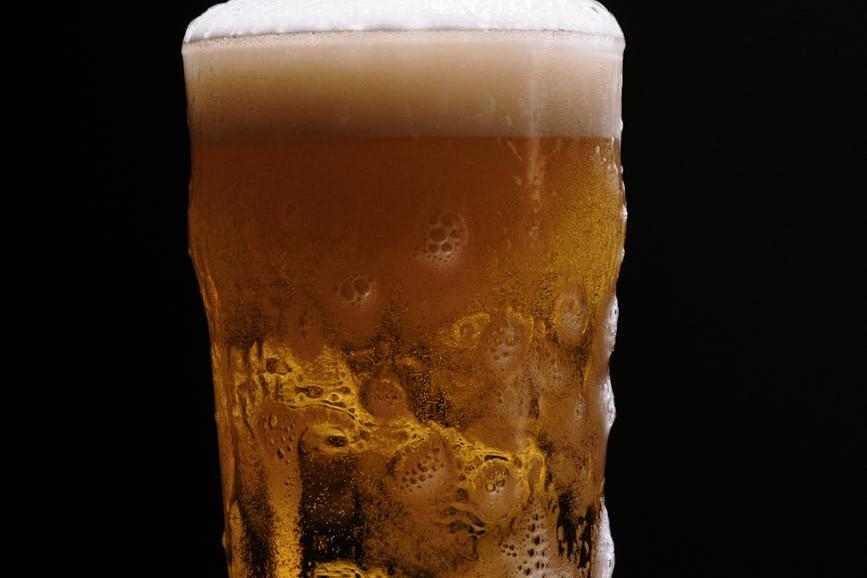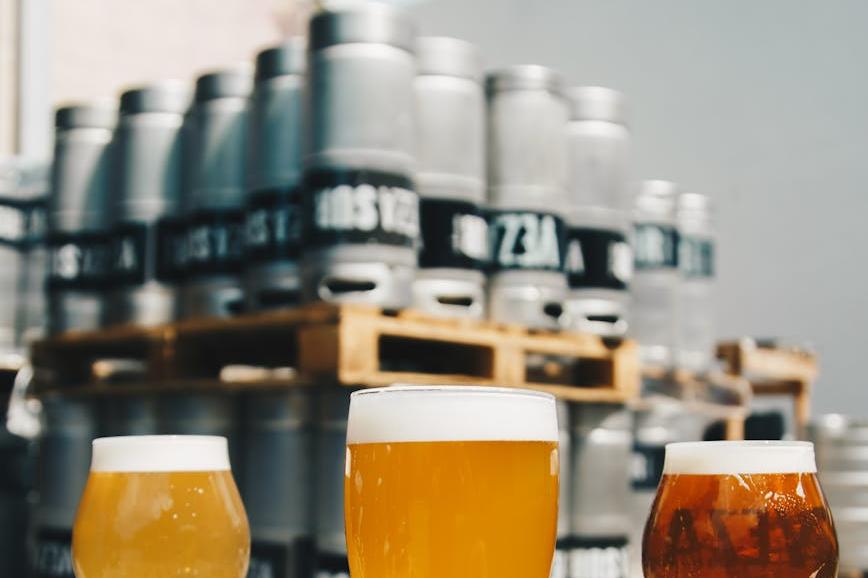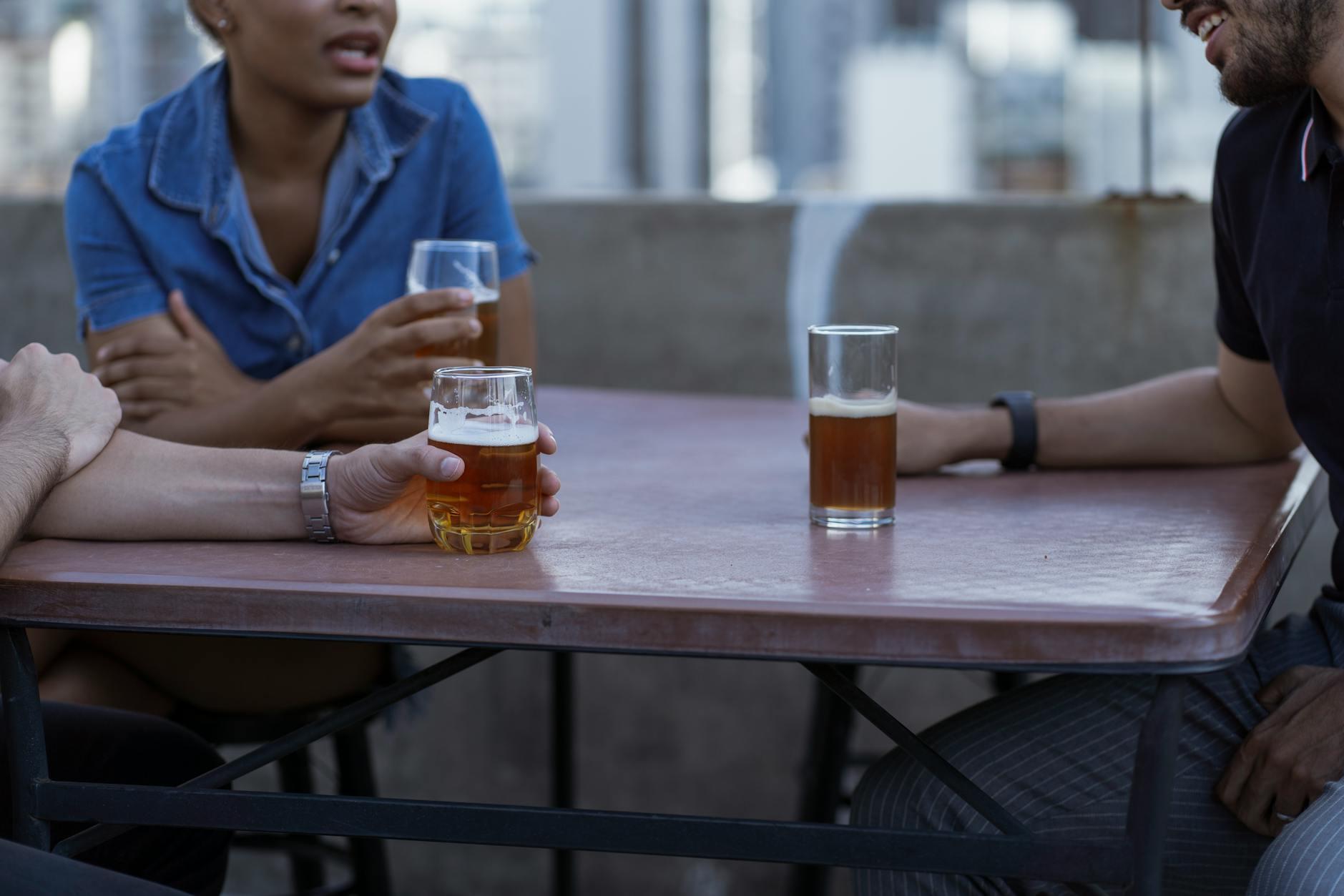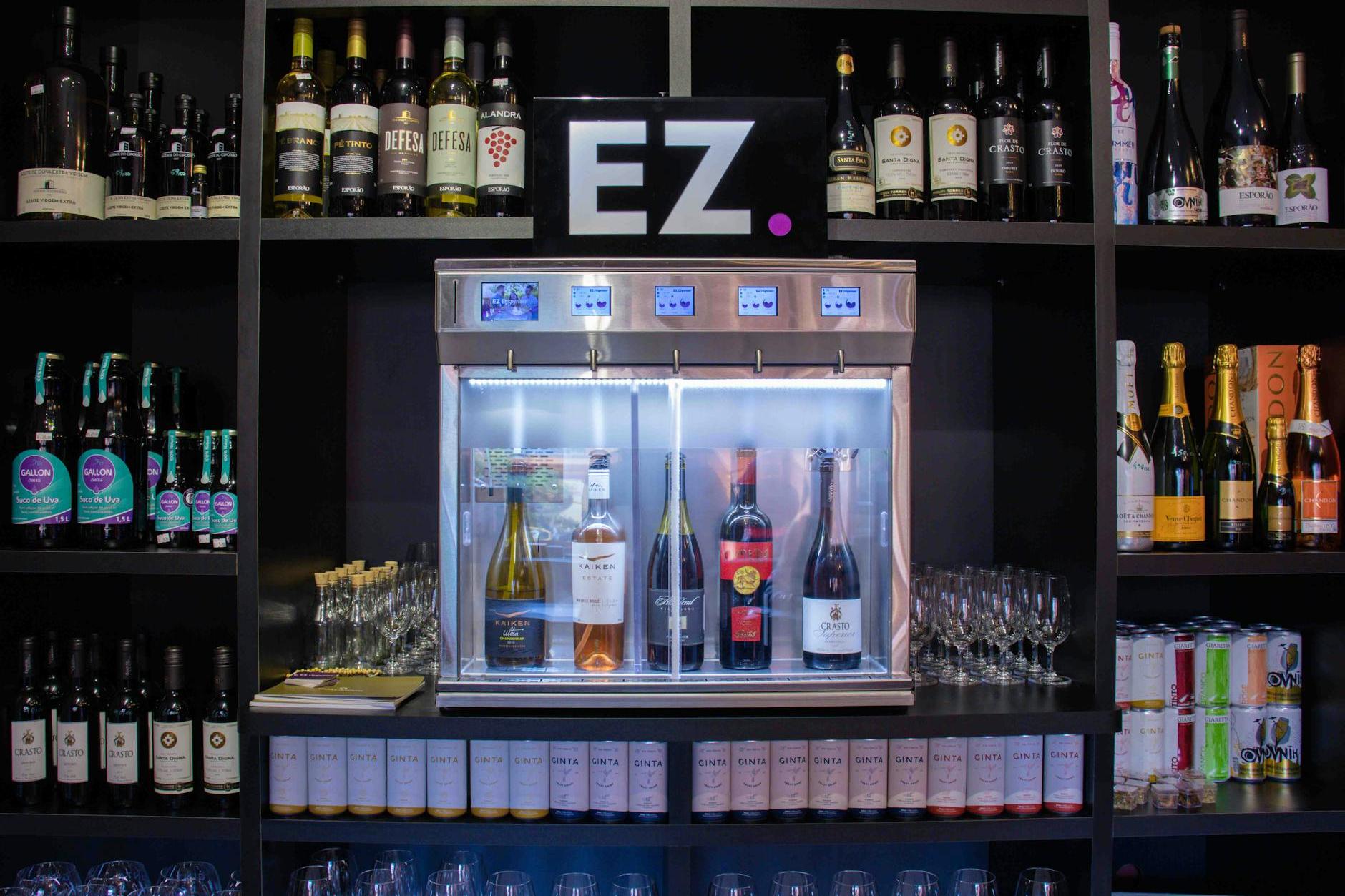- Shanghai Zhongshen International Trade Co., Ltd. - Two decades of trade agency expertise.
- Service Hotline: 139 1787 2118
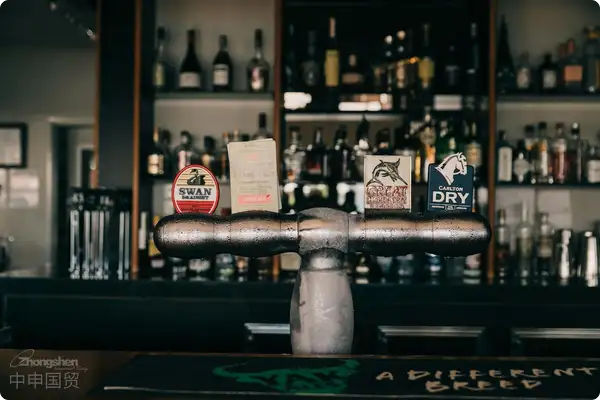
Contents
ToggleWhen Beer Meets Customs: The Essential "Clearance" Course for Importers
As a "veteran" with twenty years of experience in the industry,foreign trade"I have handled beer import transactions worth over $300 million. I still remember in 2018 when representing a certain German dark beer brand, an alcohol content labeling discrepancy caused an entire container to be detained at the port, generating tens of thousands in demurrage fees daily. This experience gave me profound insight: importing beer is not just a business, but rather a 'clearance game' that requires meticulous coordination."
Three Essential "Passports"
- Record - filing of customs importers and exporters of goodsimport and exportThe business license serves as the entry ticket, while the food distribution license acts as the industry's key to entry. The new regulations for 2025 require importers to complete entity registration on the "Cross-border Food Traceability Platform."
- Product access thresholds:
- The certificate of origin and sanitary certificate must include yeast strain test reports
- Chinese labels must indicate original wort concentration and hop varieties
- Alcohol content deviation must not exceed the labeled value by ±0.5% vol
- Capital preparation:In addition to regular deposits, it is recommended to reserve 15% of the cargo value as emergency funds for unexpected inspection and quarantine fees
The "Four Hidden Reefs" in the customs clearance process
Last year, a craft beer importer, unaware of the new regulations, transported Belgian Trappist beer at room temperature, causing the active yeast to deactivate, which ultimately resulted in the product being deemed as having a "quality defect." To avoid similar situations, please note:
| Link | Frequently Asked Questions | Solutions |
|---|---|---|
| Customs Declaration | HS code was mistakenly classified under 22030000 (regular beer) | Craft beer should be classified under 2202910000 (other fermented beverages) |
| Inspection and quarantine | Excessive sulfur dioxide residue | Require suppliers to provide brewing water test reports |
| Warehousing and transportation | Temperature fluctuations causing bottle breakage | Use dual-temperature zone containers (upper layer 5°C/lower layer 15°C) |
The "survivorship bias" in product selection strategy
Customs data from 2025 shows that 43% of returned imported beer cases stem from market misjudgment. It is recommended to adopt the "Three-Three" product selection method:
- Three mandatory checks:Distribution density of nightclubs in target cities, occupancy rate of convenience store refrigerators, average customer spending at craft beer bars
- Three comparisons:Difference in import tax rates (Germany 9.6% vs Belgium 7.2%), shipping cycle (Maritime Transportation35 days vs China-Europe Railway Express18 days), inventory turnover cycle (industrial beer 180 days)
The "Golden Triangle" of Risk Control
- Quality firewall:Conduct destructive sampling inspection at port of shipment (3 cases opened for inspection per 1,000 cases)
- Financial safety cushion:Adopt LC+reserve fund payment model (70%L/C+30% cash on delivery
- Legal moat:In the agency agreement, clearly specify the "parallel import exemption clause" and "trademark territorial protection clause."
I remember one time when helping a client clear customs for Japanese craft beer, we noticed that the Mount Fuji design on the label closely resembled the trademark of a domestic beer brand. We worked overnight to produce adhesive overlay stickers, avoiding infringement risks while preserving the entire shipment. This experience reminded us: in the race of importing beer, professionalism and attention to detail are the true "winning yeast."
Related Recommendations
Category case
Get in Touch
Email: service@sh-zhongshen.com
Related Recommendations
Contact via WeChat

? 2025. All Rights Reserved. Shanghai ICP No. 2023007705-2  PSB Record: Shanghai No.31011502009912
PSB Record: Shanghai No.31011502009912
